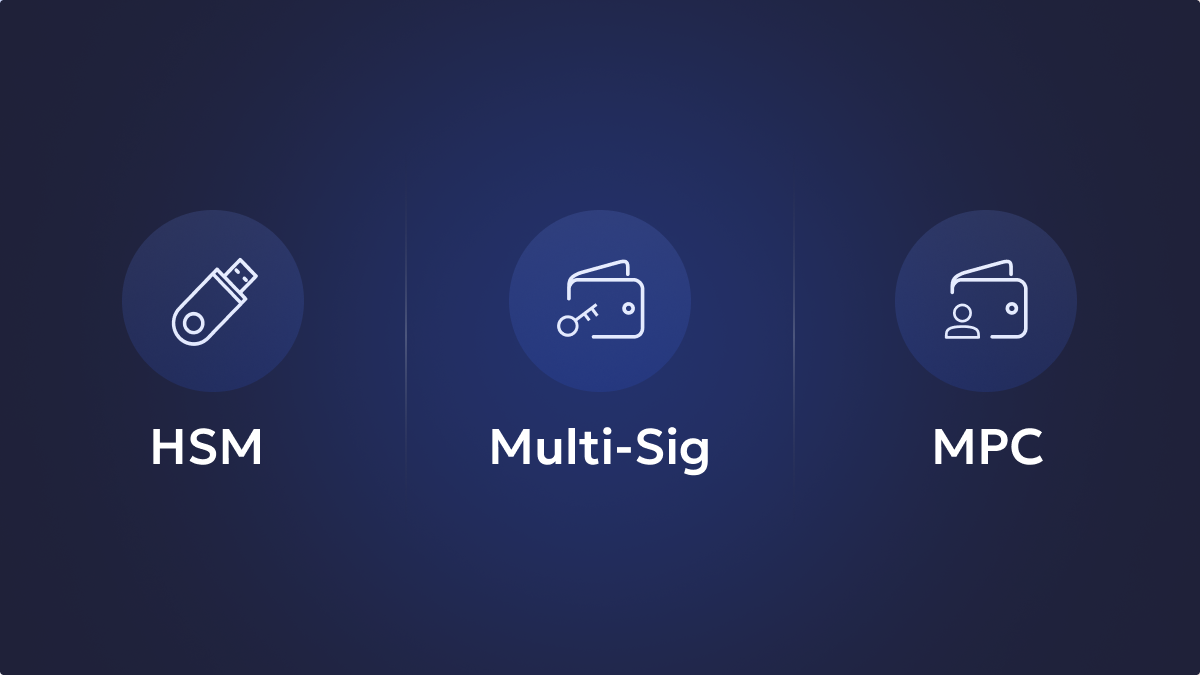The cryptocurrency sector is experiencing robust growth, driven by the increasing demand for a diverse range of crypto offerings. Innovative services like institutional staking protocols have gained substantial traction in recent times.
Based on a recent survey conducted among Chief Financial Officers (CFOs) representing 100 global hedge funds, a notable trend is on the horizon. It is anticipated that by the year 2026, approximately 7.2% of their portfolios will be dedicated to cryptocurrencies, equating to an impressive sum of approximately $312 billion. While lending and borrowing strategies remain attractive, a substantial portion of these investments is expected to funnel into the practice of staking.
The data reinforces this projection, with Ethereum 2.0 staking alone predicted to exceed $40 billion by 2025. Intriguingly, institutional investors are actively exploring the potential of harnessing staking rewards to support startup ventures, underscoring the broader possibilities for capital allocation within the blockchain staking ecosystem.
Unlock the potential of digital assets for your institution
This guide will take a deep dive into staking, its operational principles, and the participation of businesses such as blackrock crypto staking in this ever-evolving sector.
Key Takeaways
- Institutional staking is committing and allocating a particular sum of crypto assets to the blockchain infrastructure and validating on-chain transactions.
- Institutional staking refers to the active involvement of major institutions such as banks, hedge funds, and asset management firms. These organizations typically participate in staking on a large scale, exerting substantial influence on network dynamics and the allocation of rewards.
- Institutional crypto staking presents an alternative opportunity for institutions to engage with cryptocurrency and web3.0 applications. It allows investors to earn rewards by acquiring and holding crypto assets.
What Is Staking?
Staking is an investment feature found in Proof-of-Stake (PoS) blockchains. In PoS, token holders commit their assets to ensure the network’s security in return for rewards. In PoS systems, a validator is selected by the protocol to add each block of transactions to the blockchain and is compensated with the native token for this validation.
Secure and manage your digital assets with Liminal
The likelihood of a validator being chosen depends on factors like the quantity of tokens staked and the duration of their staking. Thus, staking offers token holders a chance to actively engage in the security of blockchain transactions and receive rewards for their participation.
Working of institutional staking
Staking is a feature available in select cryptocurrencies (such as Ethereum, Cardano, Solana, Polkadot) that operate on the Proof of Stake (PoS) model. Individuals and institutions can engage in institutional crypto staking independently or through cryptocurrency exchanges that provide this service.
Institutional crypto staking demands a certain level of expertise, as it necessitates the setup and operation of a network node. Validators are also required to maintain a deposit of supported coins within the network. These staked coins serve as a guarantee of the legitimacy of newly added blockchain transactions. Validators receive rewards, either in the form of fees or newly minted cryptocurrency coins, for successfully adding blocks to the blockchain.
If a cryptocurrency exchange offers staking programs, users can directly stake the crypto they own on that exchange. Some exchanges even allow investors to select their preferred validator. Notable exchanges offering institutional crypto staking services include Binance, Kraken, and Coinbase.
In cases where cryptocurrency institutional staking programs are not available on an exchange, the cryptocurrency must be transferred to a cryptocurrency or blockchain wallet. Popular wallet options include Coinbase Wallet, Metamask, Liminal Wallet, or Trezor Wallet.
While institutional staking can yield higher returns, it requires substantial investment and expertise. For long-term cryptocurrency investors seeking a passive income with minimal effort, opting for a staking service provided by a cryptocurrency exchange is a simpler alternative.
What Are the Pros and Cons of Staking?
Institutional crypto staking offers investors the potential for higher returns on their assets compared to traditional yields, such as interest from savings accounts. It is an environmentally friendly process as it does not require significant computational power. Additionally, institutional staking contributes to enhanced efficiency and security within the blockchain.
Despite these advantages, cryptocurrency institutional staking has its drawbacks. Cryptocurrencies can exhibit high volatility, and at times, the decline in cryptocurrency value can outweigh the rewards, resulting in losses for the investor. Institutional crypto staking may also involve a lock-in period, unlike publicly traded stocks and bonds. The level of liquidity, or the lack thereof, varies among crypto projects, and it is important to review the terms and conditions before making an investment.
How Institutional Staking Differs from Traditional Staking
Institutional staking distinguishes itself from the more familiar retail staking due to its unique characteristics and distinct requirements. While there are no fundamental differences on the blockchain itself, the specific needs and demands of institutional staking set it apart.
Unlike retail investors, institutional crypto staking involves the active participation of large organizations, such as banks, hedge funds, and asset management firms. These entities engage in staking on a much grander scale, which can exert significant influence over network dynamics and reward distribution.
Institutional stakers often rely on custodial services and maintain complex infrastructure to support staking activities across multiple blockchains. Furthermore, institutions must adhere to specific compliance regulations and implement robust risk management protocols, introducing an additional layer of complexity to their institutional crypto staking endeavors.
These factors collectively establish institutional staking as a distinct practice, shaped by the tailored needs and considerations of sizable organizations as they navigate the world of staking within the blockchain ecosystem.
What cryptocurrencies you can stake
As mentioned already, staking is only possible with cryptocurrencies linked to blockchains that use the proof-of-stake consensus mechanism.
The most notable cryptocurrencies you can stake include:
- Ethereum (ETH).
- Cardano (ADA).
- Solana (SOL).
- Avalanche (AVAX).
- Polkadot (DOT).
What are the institutional crypto staking yields?
Institutional crypto staking yields vary from one token to another, with some tokens providing more substantial returns than others. Nevertheless, the nominal yield is just one aspect that staking participants take into account. The mechanism of rewarding token holders who engage in staking with native tokens inherently contributes to inflation (referring to the growth of the money supply). As a result, those who opt for institutional staking are less affected by the inflationary consequences of token minting.
Why Institutions Are Exploring Staking in the Current Macro Environment
Despite inherent risks, many institutions view staking as an integral component of their cryptocurrency investment strategy for several compelling reasons. Firstly, institutional crypto staking provides an opportunity for generating passive income from crypto-assets that might otherwise remain idle. Secondly, institutional staking rewards exhibit characteristics similar to compound interest, resembling traditional market scenarios where dividends are reinvested. These rewards are paid out in the same token being staked, allowing users to effectively ‘reinvest’ these tokens and potentially receive higher payouts in subsequent periods. This approach can also reduce the fees associated with token swaps, whether for stablecoins, fiat currency, or alternative tokens.
Another factor driving institutional interest in staking is that it doesn’t necessitate lending out assets as required by some other forms of cryptocurrency investments. In contrast, institutional crypto staking allows tokens to remain securely stored within respective wallets.
Conclusion
Institutional crypto staking presents an attractive choice for investors seeking to generate returns on their long-term investments while remaining less concerned by short-term price fluctuations.
Data indicates that the average staking reward rate among the top 261 staked assets exceeds an annual yield of 11%. However, it’s crucial to bear in mind that these rewards can fluctuate over time.
Moreover, the fees involved in staking can impact the overall reward percentages. Staking pools deduct fees from the rewards for their services, and this can vary significantly from one pool to another and from blockchain to blockchain.
To maximize rewards, selecting an institutional crypto staking pool with low commission fees and a commendable history of block validation is advisable. The latter not only enhances potential returns but also reduces the risk of the pool facing penalties or suspension from the validation process.






